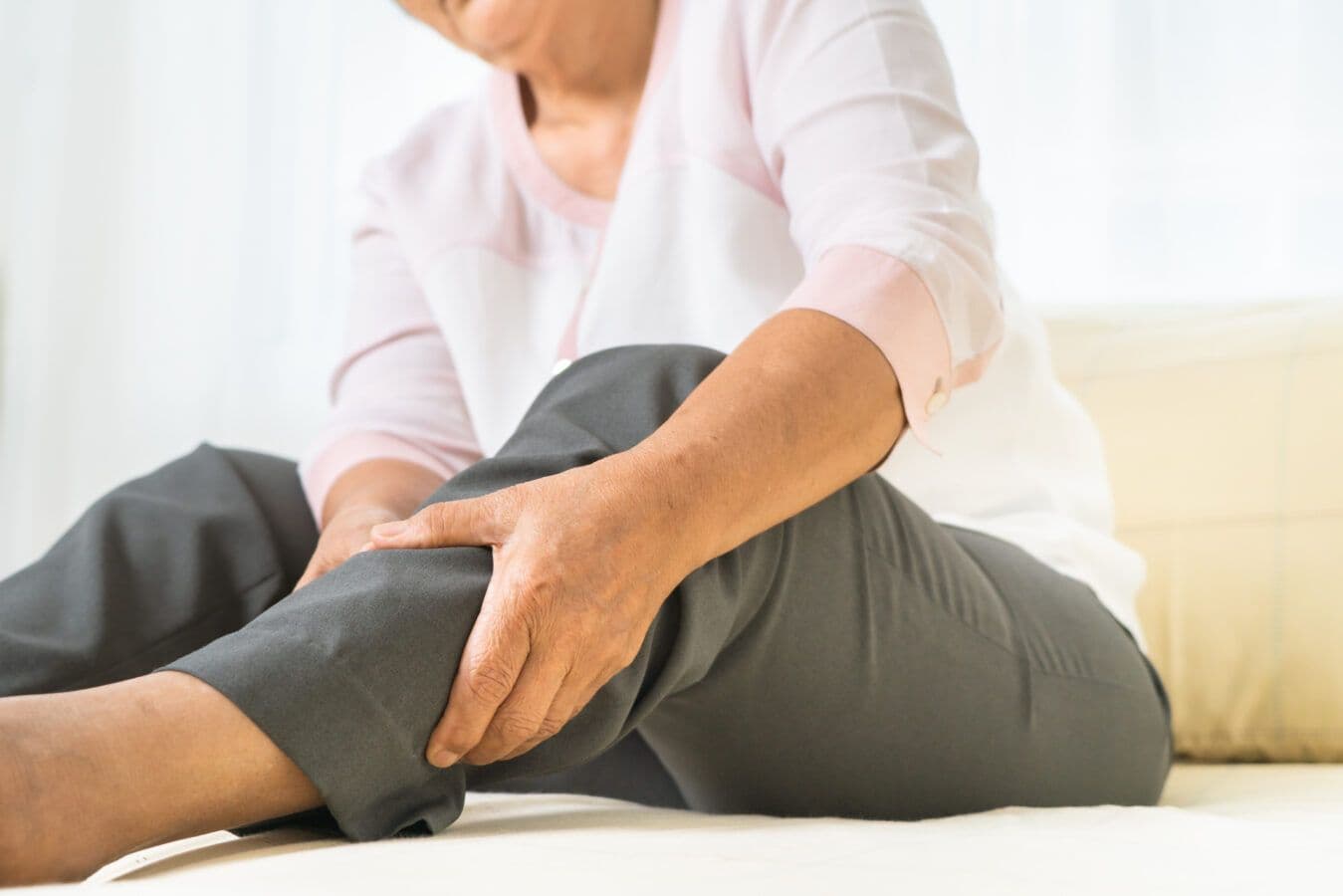6 Reasons Why Your Leg Cramps and How To Treat It
Muscle cramps can disrupt daily life, but understanding their causes is key to effective treatment and prevention. Targeted strategies, such as lifestyle changes and dietary adjustments, can reduce symptoms and frequency. This guide covers common causes and effective treatments to help manage and prevent cramps.

6 Common Causes of Muscle Cramps
1. Muscle Overuse or Strain:
Engaging in strenuous physical activity, especially without proper conditioning, can lead to muscle fatigue and cramps.
2. Dehydration:
Insufficient fluid intake disrupts the balance of electrolytes, such as sodium and potassium, essential for muscle function, potentially leading to cramps.
3. Electrolyte Imbalances:
Low levels of minerals like calcium, magnesium, potassium, and sodium can increase muscle excitability, resulting in cramps.
4. Poor Blood Circulation:
Reduced blood flow to muscles, often due to prolonged inactivity or certain medical conditions, can cause cramping.
5. Medical Conditions:
Health issues such as diabetes, kidney disease, thyroid disorders, and nerve compression can increase the likelihood of muscle cramps.
6. Medications:
Some medications, including diuretics and statins, have been associated with muscle cramps as a side effect.
Treatment and Prevention
Addressing muscle cramps involves both immediate relief and preventive strategies:
Stretching and Massage:
Gently stretching and massaging the affected muscle can alleviate the cramp and promote relaxation.
Hydration:
Maintaining adequate fluid intake helps prevent dehydration-related cramps. Incorporating electrolyte-rich beverages can also be beneficial.
Heat and Cold Therapy:
Applying a warm towel or heating pad can relax tense muscles, while cold packs may reduce inflammation and numb pain.
Dietary Considerations:
Ensuring sufficient intake of minerals like potassium, calcium, and magnesium supports muscle function and reduces cramp risk.
Regular Exercise:
Engaging in regular physical activity improves muscle tone and circulation, decreasing the likelihood of cramps.
Proper Footwear:
Wearing supportive shoes, especially during exercise, can prevent muscle fatigue and associated cramps.

